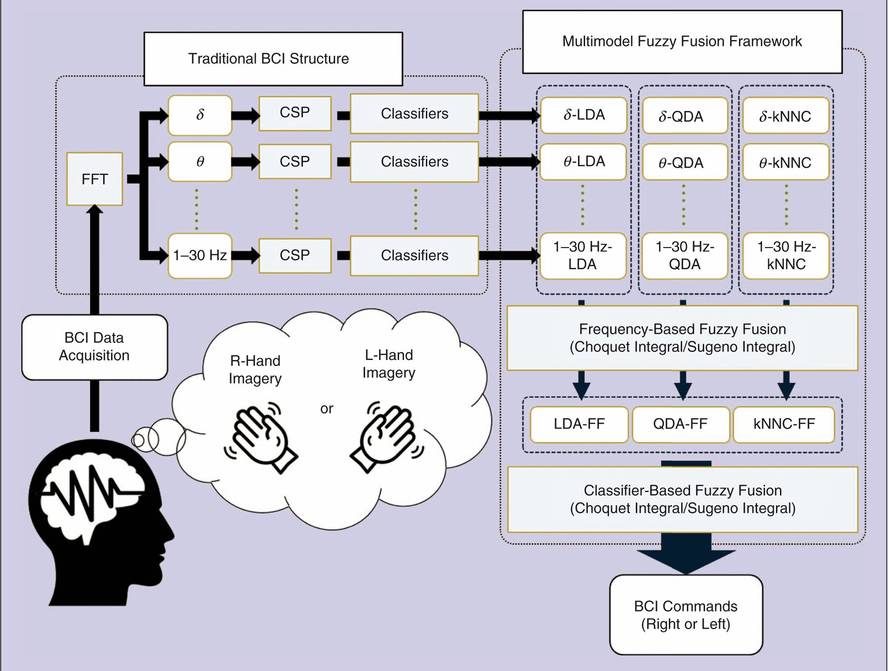A Smart Thought Reading System to Help Serious Imorders
Through a system that connects the brain and a computer, and using artificial intelligence, a system has been developed capable of imagining whether a person wants to move the left or the right hand, in collaboration with researchers from the Public University of Navarra (UPNA), Australia and Taiwan.
In fact, they have pointed out that the contribution of UPNA has been key to achieving good results. It seems that once brain activity is recorded, the data must be classified to extract its common characteristics. Australian and Taiwanese research groups used traditional data classification methods, with unsatisfactory results. Then, since the UPNA it was proposed to use generalized integrals of Choquet and Sugen for the aggregation of data of brain activity. Thanks to this, nearly 79% of the users' intentions were successful, that is, almost eight out of ten came if they were to move their right hand or left.
In addition to improving the result obtained through traditional methods, prediction is carried out in real time, which is very useful for those who cannot communicate through voice and gestures. The study was published in the journal IEEE Computational Intelligence Magazine. According to the UPNA researchers, the final objective is to create systems of high-precision cerebro-computer interfaces based on artificial intelligence, for the benefit of people with communicative disabilities.






